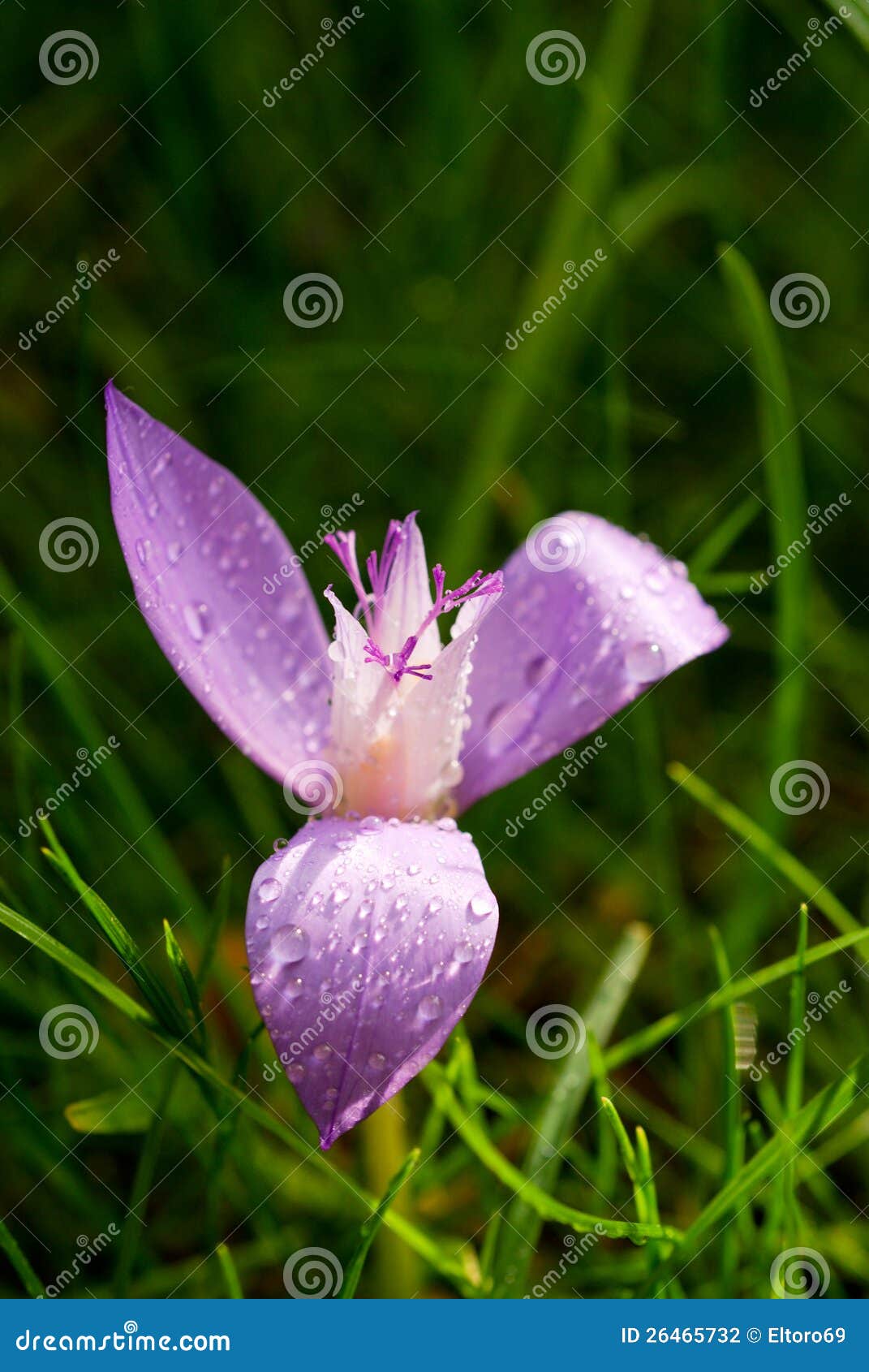
We have not provided sufficient information for the safe medicinal use of any of these herbs, nor sufficient information for treatment of poisoning. Do not ingest these herbs based on information on this website. Many herbs historically used for medicine are considered too toxic to use today some of these herbs have caused deaths. Information on this website is for educational purposes only. Fatal colchicine poisoning by accidental ingestion of meadow saffron-case report. Colchicine poisoning resulting from accidental ingestion of meadow saffron (Colchicum autumnale). Medical Botany: plants affecting human health. ‘Arthritis’ in Byzantium (AD 324-1453): unknown information from non-medical literary sources. Colchicine poisoning by accidental ingestion of meadow saffron (Colchicum autumnale): pathological and medicolegal aspects. National Geographic: Washington, DC, 2006. CRC Press: Boca Raton, 1985.įoster S and Johnson R. Case report: fatal poisoning with Colchicum autumnale. Accidental plant poisoning with Colchicum autumnale: report of two cases. Survivors of colchicine poisoning may have persistent metabolic or neurological disorders (Lewis 2003).īrncic´ N. Sudden cardiac arrest can occur 36 to 54 hours after consuming Colchicum autumnale. Most fatalities from colchicine toxicity are due to shock and occur in the first 72 hours after ingestion. Symptoms of poisoning with Colchicum autumnale include a burning sensation in the throat and stomach, vomiting, a weak, quick pulse, hypotension, kidney failure, respiratory failure, and often result in death (Lewis 2003). Poisonings are often due to unwary wilderness chefs mistaking the plant for wild garlic (Allium ursinum), a popular Central European spice (Klintschar 1999, Brncic´ 2001, Sannohe 2002, Brvar 2004, Sundov 2005). Poisonings and fatalities from Colchicum autumnale have occurred around the world, in countries such as the United States, Slovenia, Croatia, Austria, Japan, and other countries. However, colchicine is not currently used to treat cancer due to its toxicity and high rate of side effects (Foster 2006).ĭue to highly toxic components of Colchicum autumnale, no part of this plant should ever be harvested or consumed for self-medication. Colchicine acts to prevent cell division a property that has important potential in cancer therapies. Given the risks of colchicine, pharmaceutical preparations of colchicine are safer than herbal preparations, which may have widely varying amounts of colchicine. Modern herbalists still use extracts of Colchicum autumnale to treat gout attacks. Used in small, carefully controlled doses, colchicine can be an effective painkiller and anti-inflammatory, and in pharmaceutical form is still commonly used to treat gout. The highest concentration of colchicine is in the seeds and corms during the summer, and the amount of colchicine in two or three seeds can be fatal (Lewis 2003).
#Autumn crocus skin#
Other folk healers used Colchicum autumnale as a remedy for cholera, colic, typhus, Bright’s disease, skin ailments, and cancer (Duke 1985).Īutumn crocus is not recommended for medicinal use due to the poisonous alkaloid, colchicine, that is found throughout the plant. It was also used in very small amounts as a stimulant with cathartic, emetic, and diuretic effects, making it a useful aid in treating heart palpitations, nausea, and inflammatory conditions (Foster 2006). The Byzantine drug hermodactylus, meaning “the finger of Hermes” (the Greek messenger god, known for his swiftness), was used as a speedy remedy for arthritis and “podagra,” or gout (Lascaratos 1995). Used by ancient Byzantine and Arabian healers as early as the fifth century AD, Colchicum autumnale has long been prized for its success in treating rheumatism and gouty arthritis. Native to the Mediterranean region, Colchicum autumnale is commonly found in woody areas of the Northern hemisphere (Lewis 2003).


Also known as meadow saffron, but should not be confused with saffron or members of the crocus family, as Colchicum autumnale contains extremely toxic alkaloids.


 0 kommentar(er)
0 kommentar(er)
